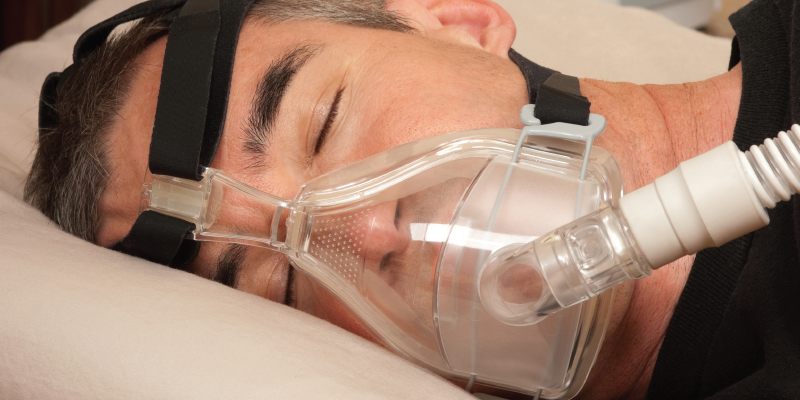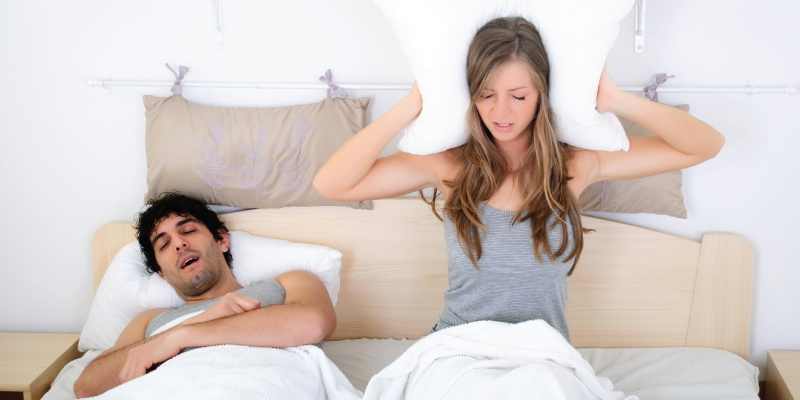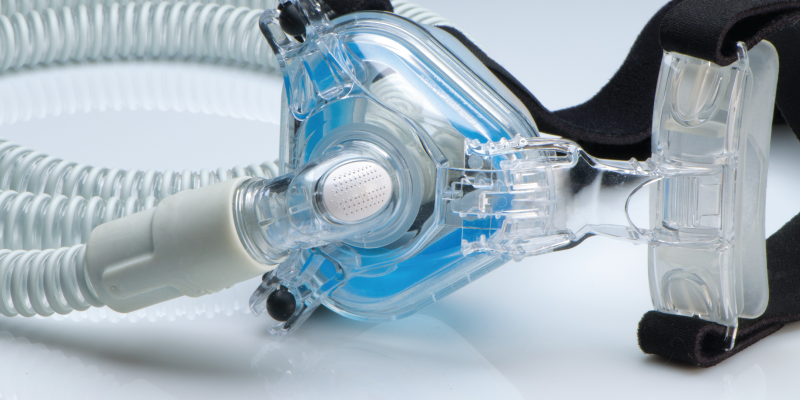
Do you prefer to curl up in a ball when you go to sleep, or stretch out over the entire bed? Everyone has a sleep position they prefer, but did you know that it can also impact your sleep apnea? CPAP Central wants to help you get the best sleep possible, which is why today we’re talking about sleep positions.
The Stargazer
This is where you sleep flat on your back, facing the ceiling. This is the most ideal position for your neck and back. However, it’s the worst for your sleep apnea! This position allows for gravity to pull the soft tissues of the tongue down into the back of the throat, thereby narrowing the airway and causing an obstruction.
The Freefaller
This is where you sleep on your side or your stomach, with your head turned to the side. Both of these sleep positions create a forward movement in the soft tissue and tongue to naturally prevent a blockage from occurring. On the downside, these positions can be hard to adjust to with a CPAP mask on, especially a full face mask. Your pillow can push against the edge of the mask causing a leak. That being said, it may take some trial and error to find a side or prone position that works for you.
The Curler
This is where you arch your back, bend your knees, and have your face turned sideways. You’re essentially curled into a ball or in a fetal position. This position can cause neck and back pain. It’s also not ideal for sleep apnea, as it restricts diaphragmatic breathing.
Sleeping positions often come down to preference—some just feel so much better than others! The same can also be said of CPAP masks. Some of them just feel better than others. Your comfort is an important thing to take into consideration when it comes to sleep. Check out our selection of CPAP supplies on our online catalog, and find the perfect accoutrements to your sleep!



